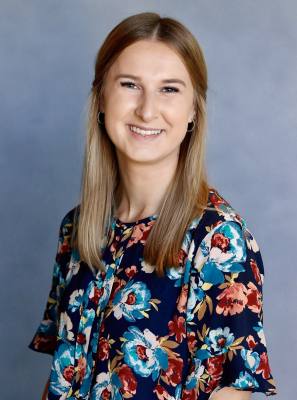Full-day pre-K enrollment has increased by more than 100 children for the 2019-20 school year, according to Plano ISD enrollment reports.
According to a presentation by Assistant Superintendent for Academic Services Katrina Hasley and Early Childhood Director Ashley Davis at the PISD work session held Aug. 20, a reason for this shift is more accurate questionnaire responses during the enrollment process.
“We asked everyone who applied or prepaid to answer all of the eligibility questions on the application instead of just what they thought they were eligible for,” Davis said. “This helps us identify more families who qualify for free lunch.”
While full-day enrollment increased from last year, there was a similar decrease in half-day enrollment, leaving total pre-K enrollment at roughly 60 fewer students this year, according to the pre-K enrollment presentation.
“You can see that our half-day enrollment decreased at the same time that our full-day increased,” Davis said. “We attribute that because we’ve added more students who qualify for free lunch.”
Another reason for the growth in the full-day program is the inclusion of special education students who are eligible for free lunch, Davis said. Special education students were previously only included in the half-day program.
Only children who are 4 years of age at the start of the school year and qualify as low-income, foster or homeless are eligible to take part in the full-day pre-K for free. Full-day eligible families are also given a discount on PISD’s Pasar after-school care depending on need, according to the district's enrollment and registration webpage. Families who are not eligible for the full-day program can take part in the half-day program. Depending on need, half-day enrollers can attend for free or pay a tuition of up to $350 each month.
The pre-K program is competitively priced in comparison to local care options, according to Hasley.
The district added four full-day classes for the 2019-20 school year, according to Davis. One class was added at Thomas and Sigler elementary campuses, and four half-day classes were converted into two full-day classes at Isaacs Early Childhood School. These additions allow for 72 more full-day students than last year.
“These additions are based on our enrollment numbers,” Davis said. “Once you register for pre-K, we looked at where the concentration of registration was, and then we also used the map to see who had available space.”
There are 11 campuses offering dual-language full-day pre-K, allowing for 13 dual-language classes out of the program’s 38 total classes and 15 total campuses, according to the PISD pre-K enrollment presentation.
The student-to-staff ratio is set to start at 16 children for every two teachers and can expand to 20 children for every two teachers. Classes are currently at a ratio of 18 children to two teachers, according to Davis.
“Before the opening of school, it is easier to keep track of where the concentration of students are coming from where it would make sense to add a class,” Hasley said.
At the end of this week the program will look at options to add more classes at two of the district's early childhood school locations to bring the child-to-teacher ratio back down, Davis said. Children who join the program after the start of the school year begin classes immediately but are warned they might be moved to another campus after a few weeks, according to Hasley.
“It’s really a challenge balancing this pre-K enrollment,” Hasley said. “You can not ever predict how many preschoolers are going to walk through that door.”
These ratios, as well as new goals for closing opportunity and achievement gaps were approved by the PISD school board in September last year. Half- and full-day pre-K being offered at early childhood schools, full-day pre-K being offered at specific elementary schools and the addition of campus-based classrooms as needed were also approved at that time.
“As we do these sorts of expansions, I will continue to return to that full document that we made to make sure that we’re providing the very best experience,” board President Tammy Richards said.
Approximately 3 in 10 students come from economically disadvantaged families, as opposed to less than 1 in 10 in 1995, according to the district. The district hopes to reduce historic gaps in educational outcomes by expanding pre-K programs, as previously reported by Community Impact Newspaper.
In October, the board will discuss how House Bill 3 will affect pre-K programs. HB 3 was signed into law by Gov. Greg Abbott on June 11 and led to a number of changes to PISD’s budget going into the 2019-20 school year.
Company
Sign in or create free profile





